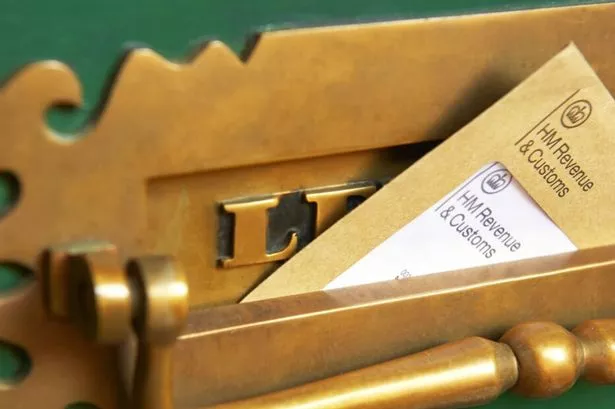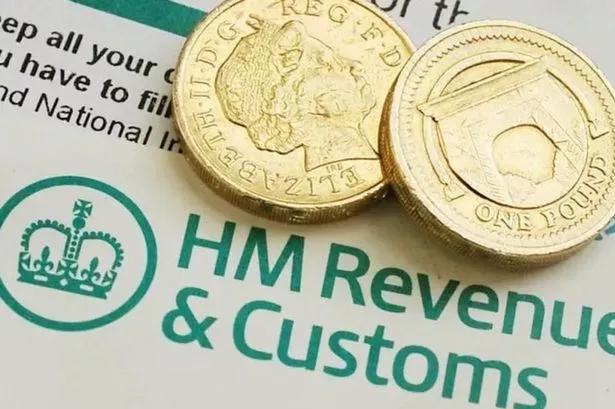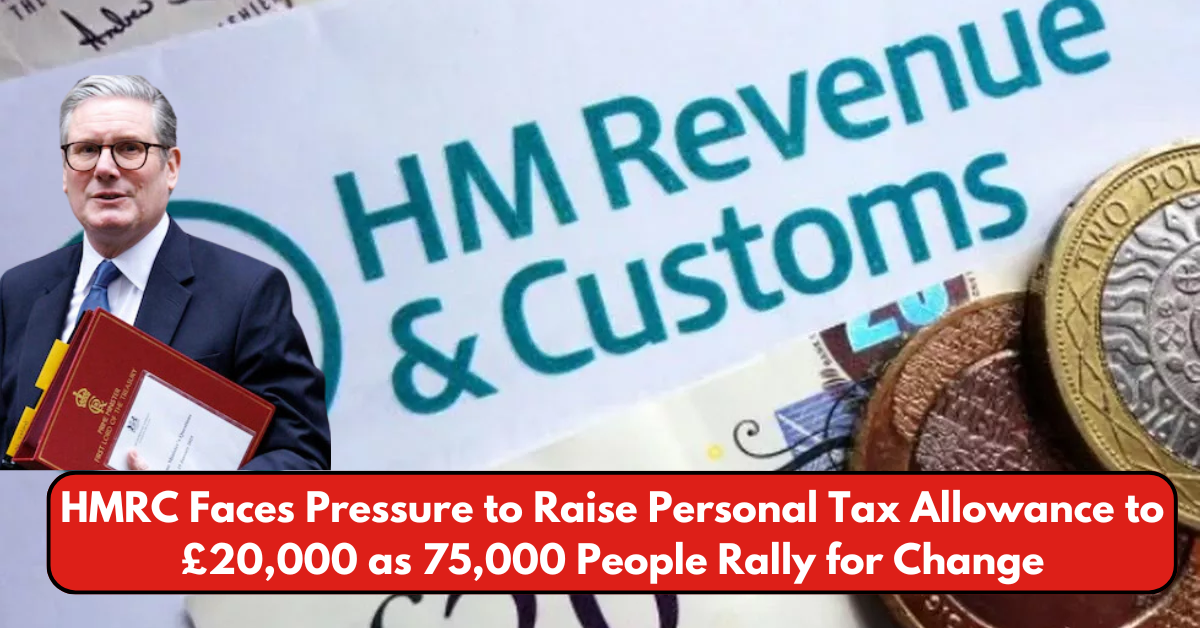A petition calling for the UK government to increase the personal tax allowance from £12,570 to £20,000 has gained significant traction, with over 100,000 signatures. The proposal, which aims to ease financial pressures on workers amid rising living costs, has now reached the threshold for parliamentary debate.
What is the Personal Tax Allowance?
The personal tax allowance is the amount of income an individual can earn before they are required to pay income tax. Currently set at £12,570, it has remained frozen since 2021 as part of the government’s fiscal policy to manage public finances. The rates of income tax are as follows:
- Basic rate (20%): Applied to earnings above £12,570 up to £50,270.
- Higher rate (40%): Applies to income between £50,271 and £125,140.
- Additional rate (45%): Levied on income above £125,140.
For more details on income tax thresholds, visit the HMRC website.
Why Are People Calling for an Increase?

With inflation and the cost of living at historically high levels, many workers argue that raising the tax-free threshold to £20,000 would provide much-needed relief. Supporters of the petition claim that such a move would allow millions of workers to keep more of their earnings and reduce financial strain on households struggling with rising prices.
The petition, which is hosted on the UK Government’s official petitions website, states:
“Raising the personal tax allowance to £20,000 would help ease financial burdens on lower- and middle-income earners. It would also stimulate economic growth by increasing disposable income.”
The government’s response to a similar petition in January 2023 emphasized the need to balance tax cuts with public spending. Officials stated that freezing the threshold until 2028 was necessary to manage national debt and maintain funding for public services.
To view or sign the petition, visit the UK Parliament petitions website.
What Would Raising the Allowance Mean for Workers?
If the personal tax allowance were increased to £20,000, it would significantly reduce tax liabilities for millions of workers. Here is an example of potential tax savings:
- Current system: Someone earning £25,000 per year currently pays income tax on £12,430 (after deducting the £12,570 allowance), amounting to approximately £2,486.
- Proposed system: If the allowance were raised to £20,000, the taxable income would be just £5,000, reducing tax to £1,000. This would result in a saving of around £1,486 per year.
Such a change would benefit those on lower and middle incomes the most, as they would see a substantial reduction in their tax bills.
Government Response and Feasibility

The UK government has so far resisted calls to increase the personal tax allowance, citing fiscal responsibility. In a statement responding to similar proposals in 2023, HM Treasury noted that tax threshold freezes are designed to help stabilize public finances while continuing to provide targeted support for those in need.
A Treasury spokesperson previously said:
“While we understand the financial pressures on households, increasing the personal tax allowance significantly would cost billions and require either spending cuts or borrowing.”
According to forecasts, freezing the personal tax allowance until 2028 is expected to generate additional government revenue by bringing more people into higher tax brackets due to wage increases over time—a phenomenon known as “fiscal drag.”
Alternative Measures to Ease Financial Pressure
Although an increase in the tax allowance is not currently on the government’s agenda, other measures have been introduced to help with cost-of-living challenges, including:
- Cost of Living Payments: Available to low-income households, pensioners, and those on disability benefits. More details can be found on the UK Government’s support page.
- National Insurance Cuts: The recent Autumn Statement included a reduction in National Insurance contributions to put more money in workers’ pockets.
- Energy Bill Support: Various schemes to help with energy costs, including the Warm Home Discount, are available for eligible households (Gov.uk energy bill support).
Will the Petition Lead to Change?

Reaching 100,000 signatures means the petition will be considered for debate in Parliament. However, even if debated, it does not guarantee a policy change. Historically, large petitions have influenced government discussions, but any decision to raise the tax allowance would depend on broader economic and fiscal considerations.
In the coming months, MPs are expected to address the issue, and the government may provide an updated response. Those interested in following the debate can check the UK Parliament website for updates.
Conclusion
The push to increase the personal tax allowance to £20,000 reflects growing public frustration with rising living costs and tax burdens. While the government has yet to signal any intention to implement such a change, the strong support behind the petition ensures that the debate over tax policy and financial relief for workers remains a key issue.
For those interested in signing the petition or learning more about personal taxation, visit the UK Government Petitions page or check out HMRC’s Income Tax Allowance guide.
This article has been carefully fact-checked by our editorial team to ensure accuracy and eliminate any misleading information. We are committed to maintaining the highest standards of integrity in our content.

Premlata is a seasoned finance writer with a keen eye for unraveling complex global financial systems. From government benefits to energy rebates and recruitment trends, she empowers readers with actionable insights and clarity. When she’s not crafting impactful articles, you can find her sharing her expertise on LinkedIn or connecting via email at [email protected].




